The Independent's journalism is supported by our readers. When you purchase through links on our site, we may earn commission.
How Winnipeg became Canada's comeback city
Chloe Cann charts the fall and rise of this plucky Canadian underdog – from boom to bust and back again
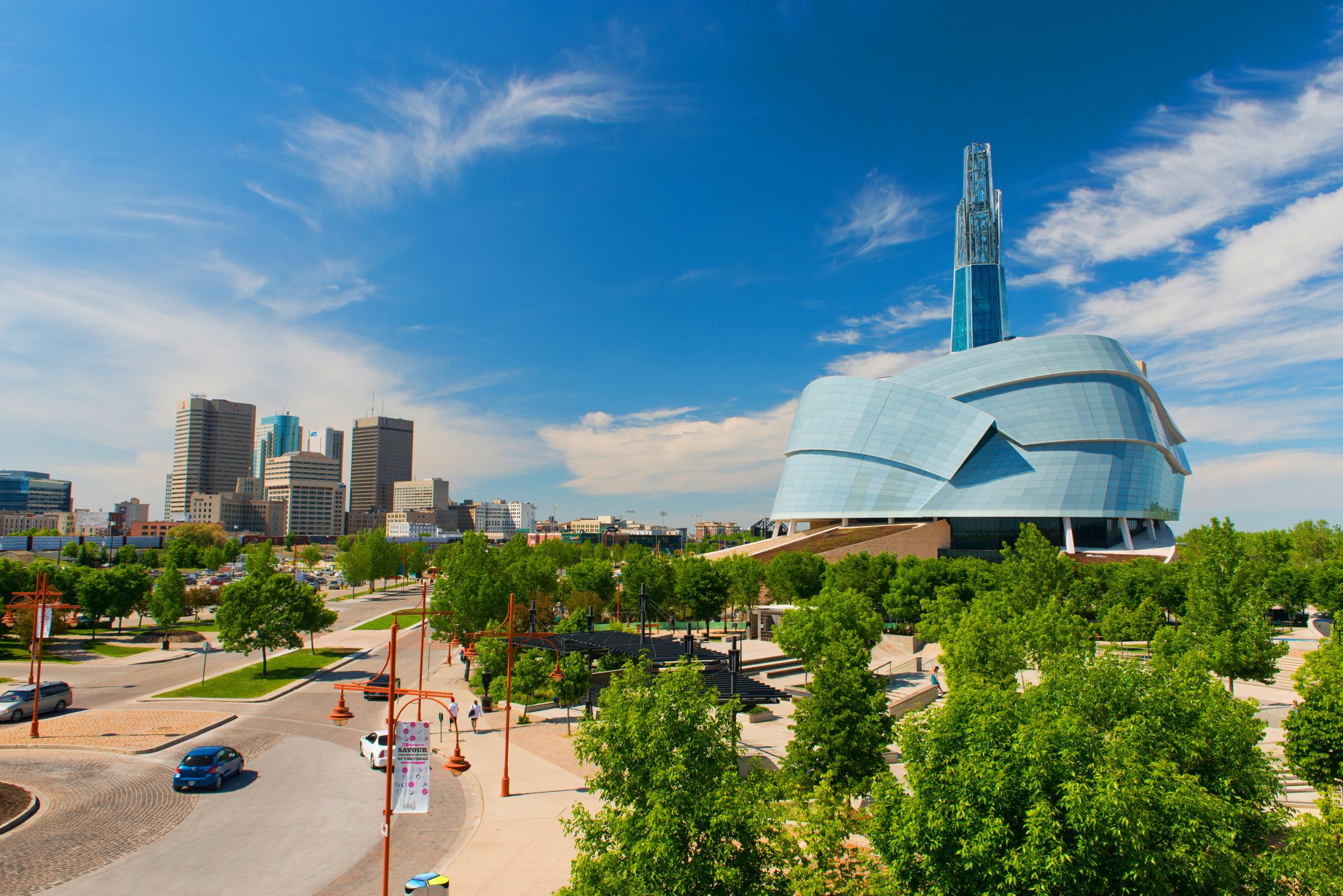
Winnipeg was a city built for great things. Bankrolled by booming fur and wheat traders, there were more millionaires here per capita than New York in the late 1800s. By 1905 it was the fastest growing city of its size, not only in Canada, but in the whole of North America. And by 1911 a whopping 24 train lines converged upon the Manitoban capital, establishing it as one of the largest rail centres in the world. Such was the promise of this “Gateway to the West” that even the city’s beaux-arts train station was dreamt up by the same architects that designed NYC’s Grand Central.
Then a perfect storm of events – the First World War, the opening of the Panama Canal, the Great Depression, plummeting wheat prices and the end of Canada’s immigration boom – derailed the city’s grandiose dreams. It never quite recovered. Winnipeg has since become a familiar punchline (in one episode of The Simpsons, a sign reads: “Now entering Winnipeg – we were born here, what’s your excuse?”), and until not long ago it held the unfortunate title of Canada’s murder capital.
While it may therefore seem an unlikely tourist destination, this little city on the prairie is on the cusp of becoming the Next Big Thing in Canada.
“Up until a few years ago, Winnipeg was known as a place that young people left,” explains Rorie Mcleod, communications advisor at the Canadian Museum for Human Rights (CMHR).
“The narrative of Winnipeg has completely changed in the last 10 years, and the museum is one of the most recognisable signs of that progress.”
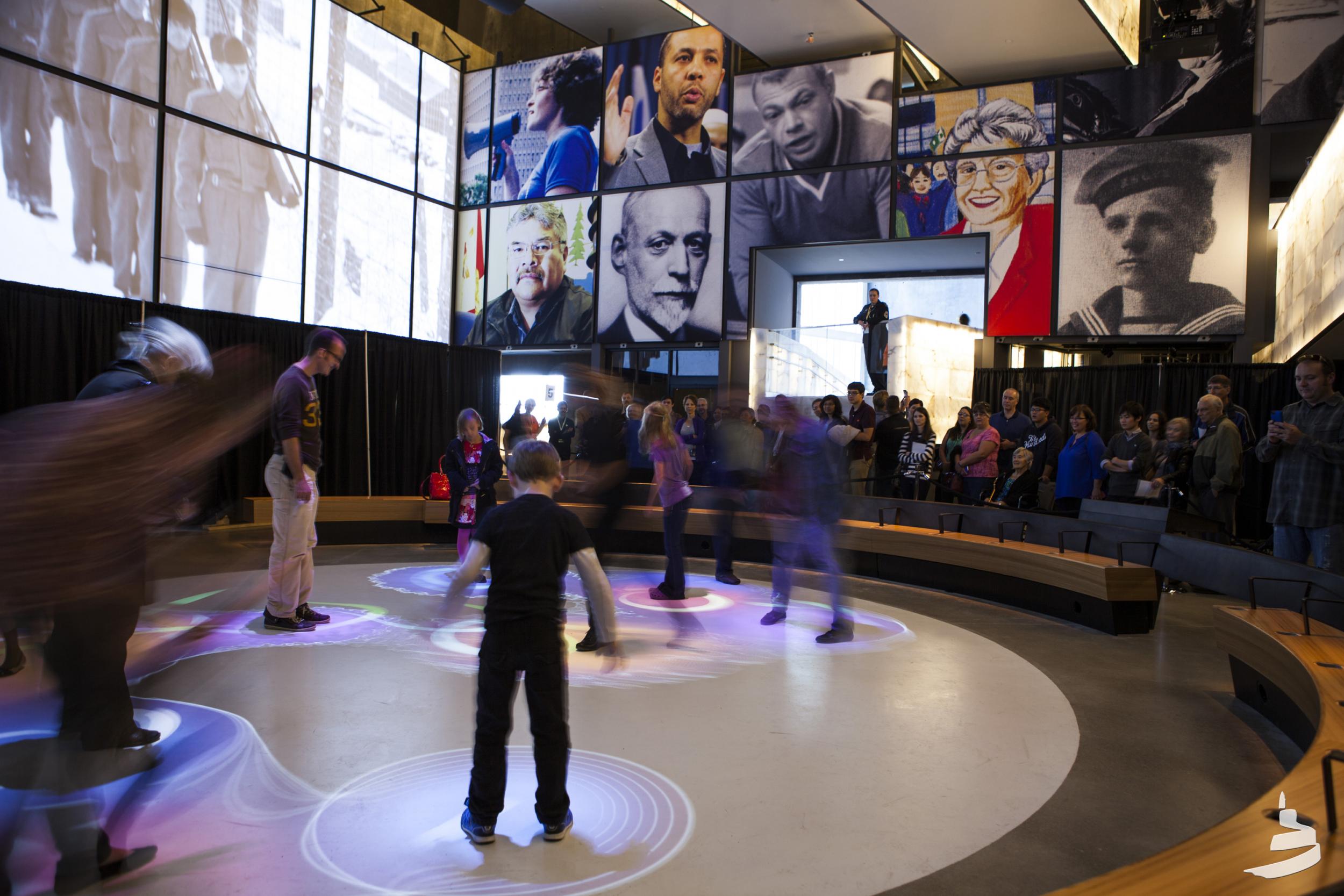
Wrapped in a “cloud” of glass said to symbolise the wings of a dove, topped by a spire known as the Tower of Hope, and featuring an interior that’s crisscrossed with glowing, eight-storey-high alabaster ramps, the CMHR has quickly become a local landmark.
“A lot of people come just for the architecture,” says Mcleod. But the museum stands for much more than just a striking silhouette in the city skyline. Open since late 2014, it is the country’s first new national museum in more than 40 years, and the first national museum ever built outside Ottawa-Gatineau. Exhibiting stories rather than artefacts, it also represents one of the most avant-garde institutions of its kind in the world.
New attractions such as the CMHR not only help restore faith in the city – they’re drawing attention to Winnipeg’s long-standing yet little-known status as Canada’s cultural cradle. “The Peg” is, after all, home to Canada’s oldest ballet company (the Royal Winnipeg Ballet), its oldest continuously running theatre company (Le Cercle Molière) and the largest public display of contemporary Inuit art in the world (Winnipeg Art Gallery).

Deep in downtown, it’s the revival of the old that is piquing interests. More than 20 blocks (and 150 buildings) in the Exchange Warehouse District still stand testament to the city’s boom time. The early 20th century stone and brick granaries, the terracotta-clad skyscrapers and the grand, Italianate banks with marble staircases and gold leaf ceilings are among its visible riches. Said to represent North America’s largest and best preserved collection of heritage buildings, the district has even been used by Hollywood as a double for 1920s Chicago. But in days not long passed, few locals would be bold enough to venture through it.
“This used to be a bit of an unsavoury neighbourhood,” says Kevin Selch, founder of brewery Little Brown Jug (LBJ). “Now there are condo developments and new bars and restaurants springing up. What’s amazing about the Exchange is that it didn’t gentrify when the rest of North America did, so there are a lot of independent local businesses.”
LBJ is one such business. Part “urban factory”, part taproom, it’s housed in what used to be an old livery stable, and sells only one beer – 1919. Its parking lot has been partly converted into a patio, bordered by planter boxes of the same hops that flavour its Belgian pale ale. On a plain white tiled wall, above five identical beer taps, projections of everyday life in Manitoba from the 1900s flicker. The microbrewery throws “pints and puppies” parties, organises collaborations with local restaurants on its patio, and hosts pop-ups from the Winnipeg Symphony Orchestra.
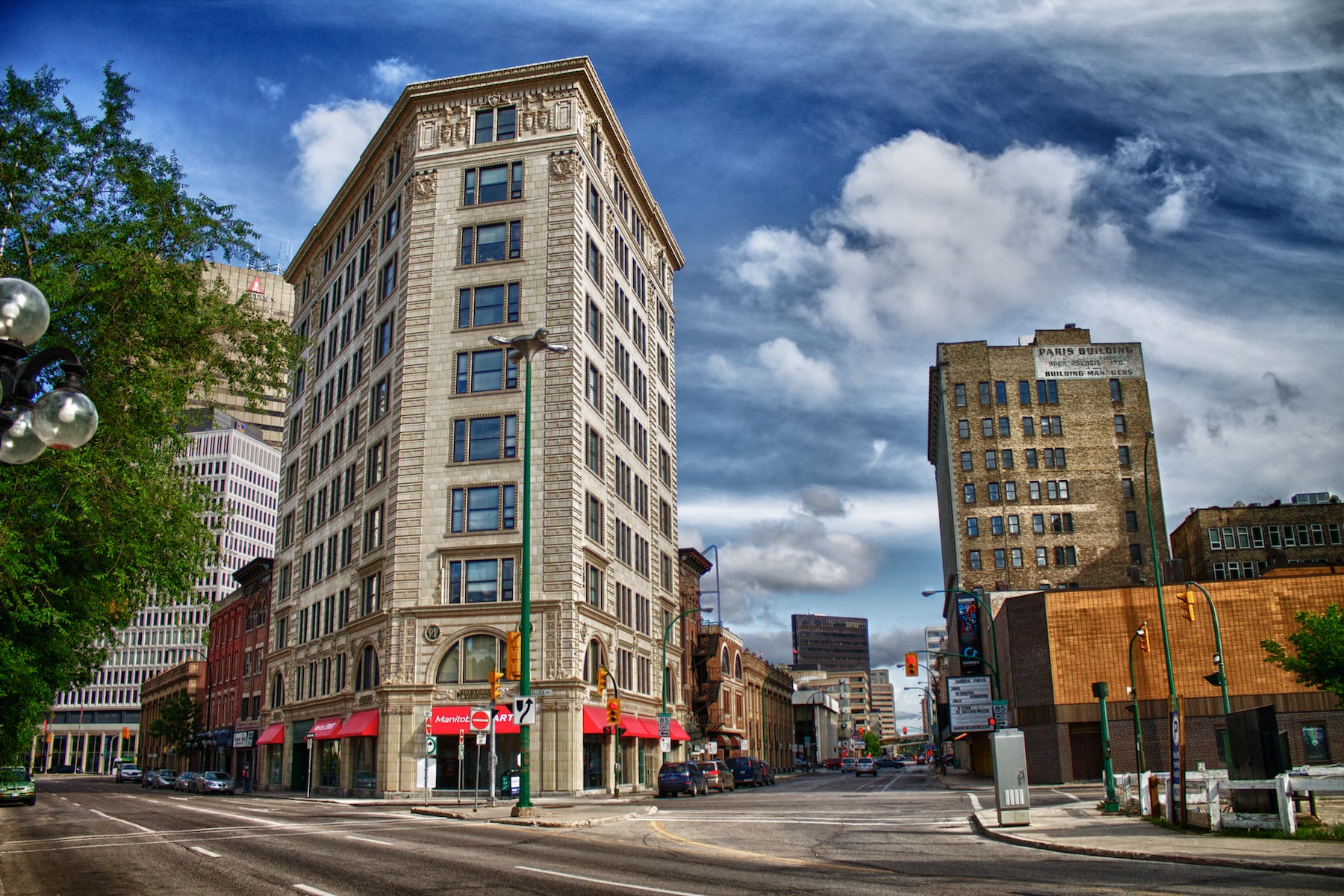
The venue has been open since November 2016, but even a handful of months earlier such an outfit would have been almost unimaginable. It was only in mid-2016 that the province’s archaic liquor laws were relaxed, ushering in almost a dozen experimental craft beer taprooms, as well as a distillery, with more slated to open.
It’s not just craft beer where Winnipeg excels. Every other corner of this city seems to feature a minimalist third-wave coffee shop. There’s also a blossoming food scene, which spans an Indigenous-owned and operated restaurant rooted in First Nations cuisine (Feast Cafe Bistro); buzzy food halls where former horse stalls now harbour Insta-famous cake shops, wood-fired pizzerias born from food trucks and wine bars governed by world-leading sommeliers (Forks Market Food Hall); and creative brunch spots that serve dishes such as yoghurt panna cotta with freeze-dried raspberry and green granita, alongside homemade tamarind lemongrass sodas (Clementine Cafe).
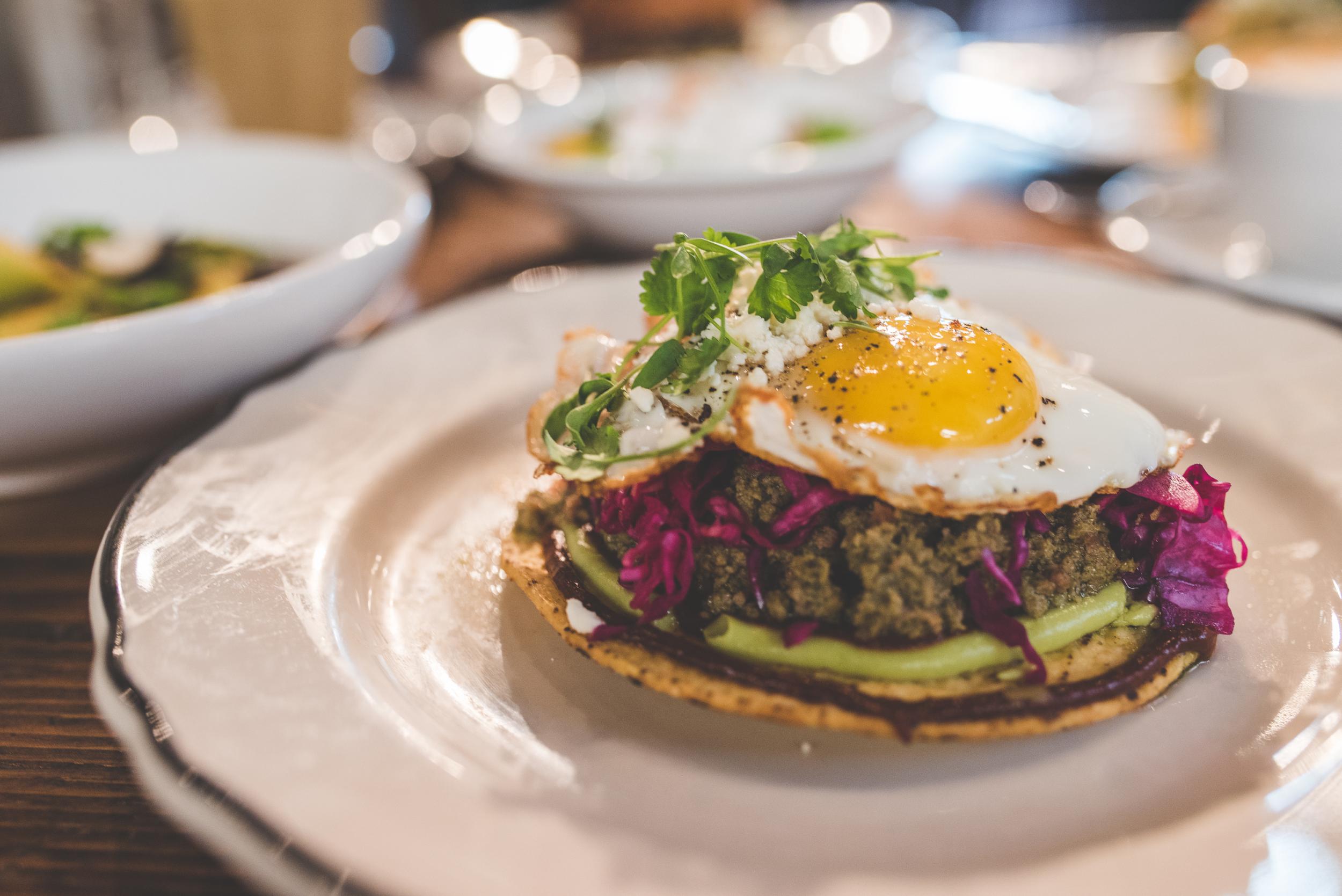
But this is a city far greater than the sum of its creative parts. There’s a buzz to it. A feeling that it has quietly outgrown its title of underdog to become the place everyone’s rooting for. And a sense that there’s still much more to come.
“The amount of growth and new business and optimism – Winnipeg hasn’t experienced this in 50 years,” says LBJ’s Selch. “There’s a really positive momentum.”
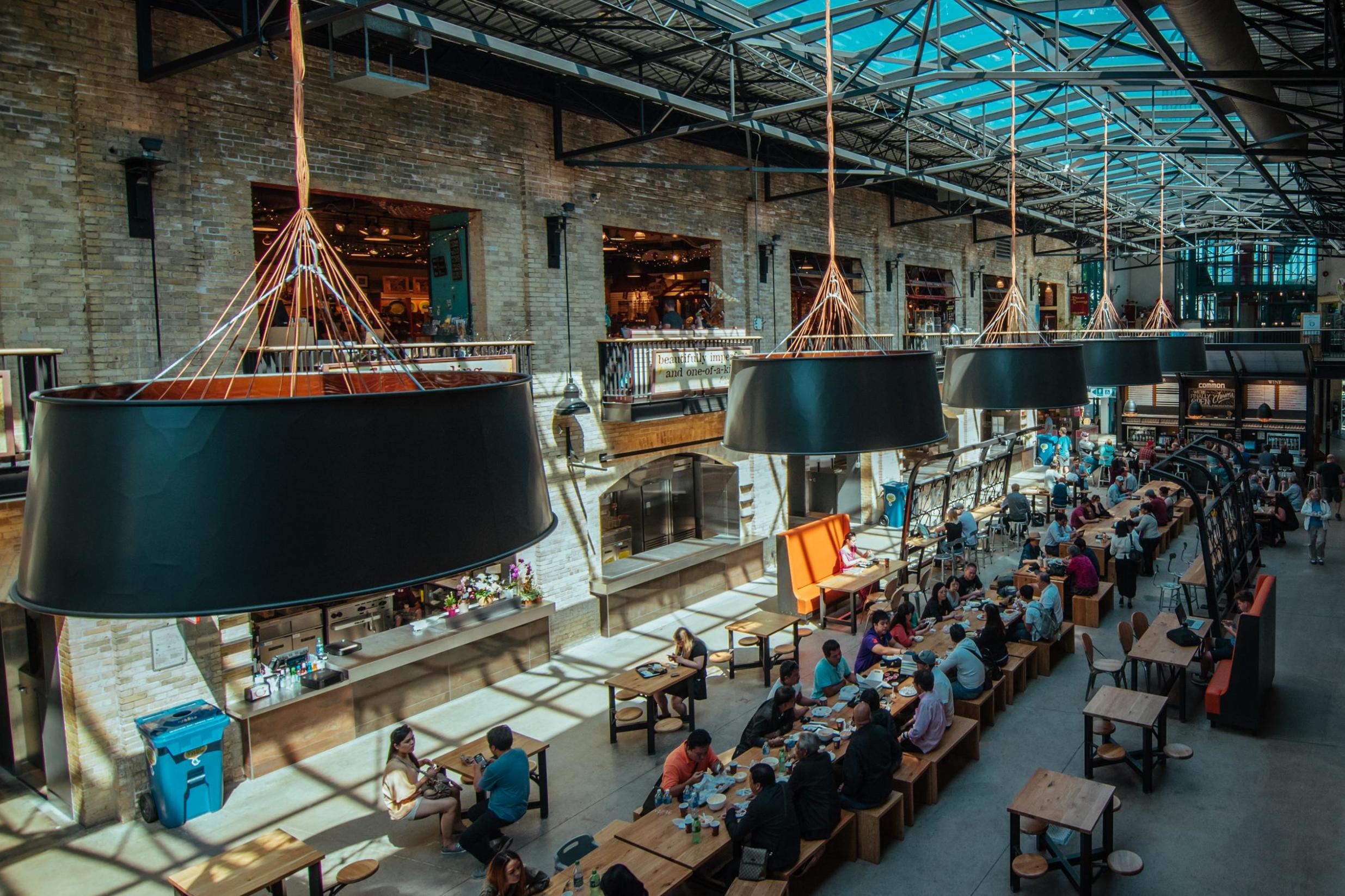
Travel essentials
Getting there
WestJet flies from Gatwick to Winnipeg once weekly between June and September, from £306 one-way; or fly with Air Canada, via Toronto, year-round.
Staying there
Doubles at Inn at the Forks from £114, room only.
More information
Join our commenting forum
Join thought-provoking conversations, follow other Independent readers and see their replies
Comments
Bookmark popover
Removed from bookmarks